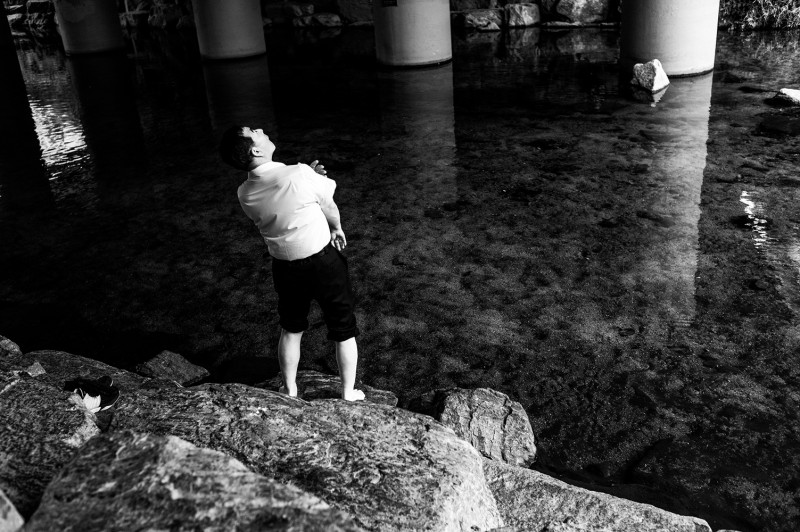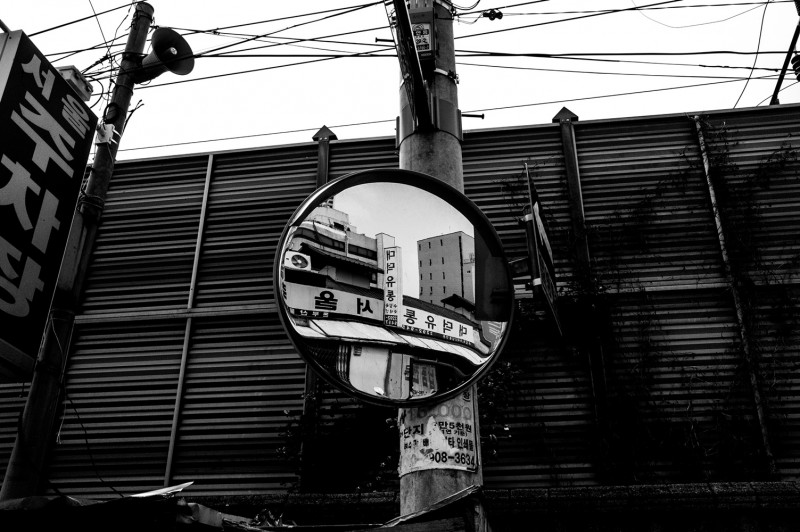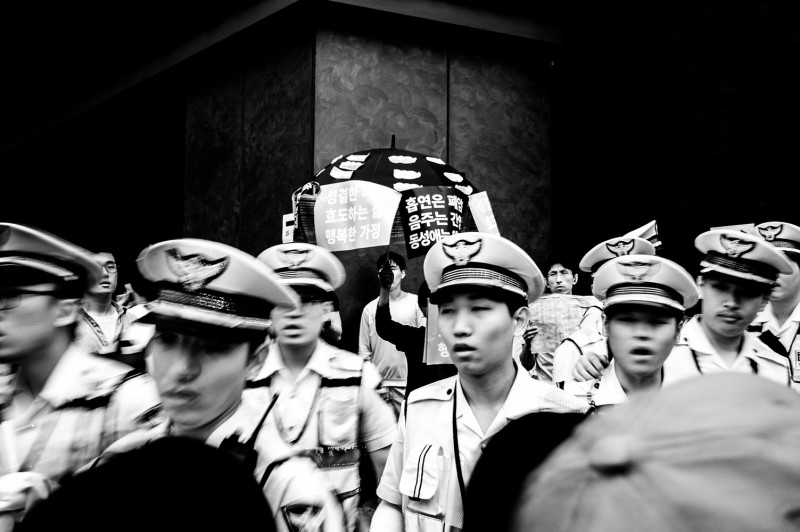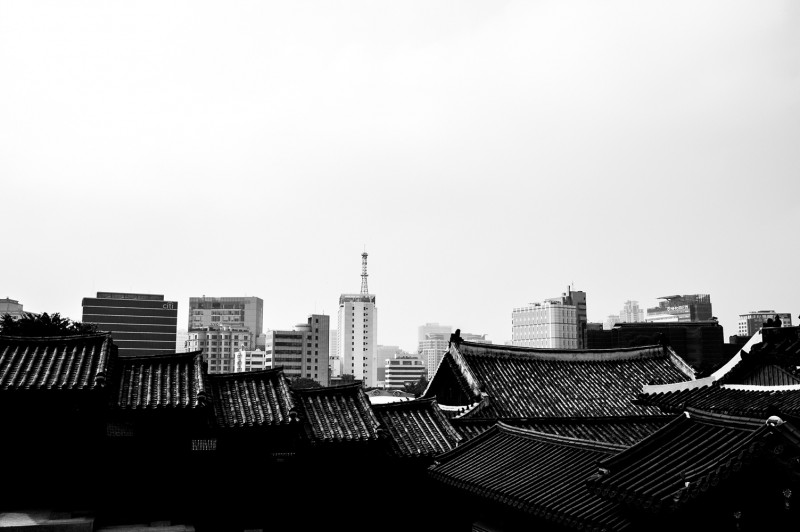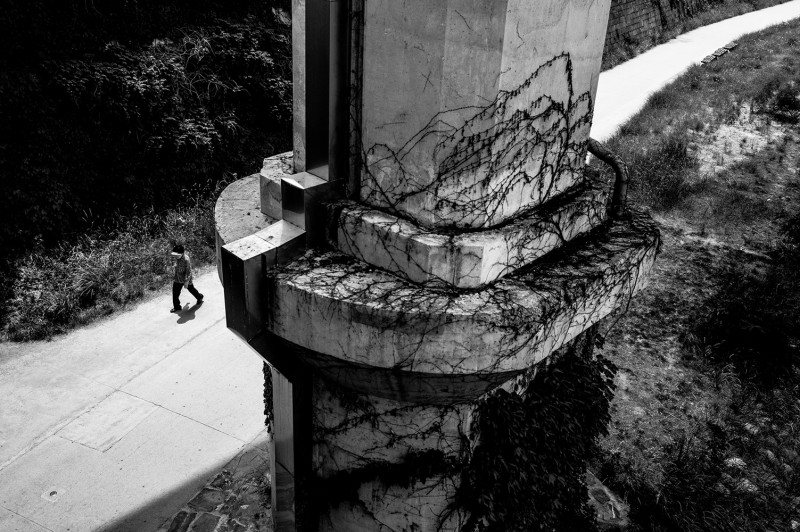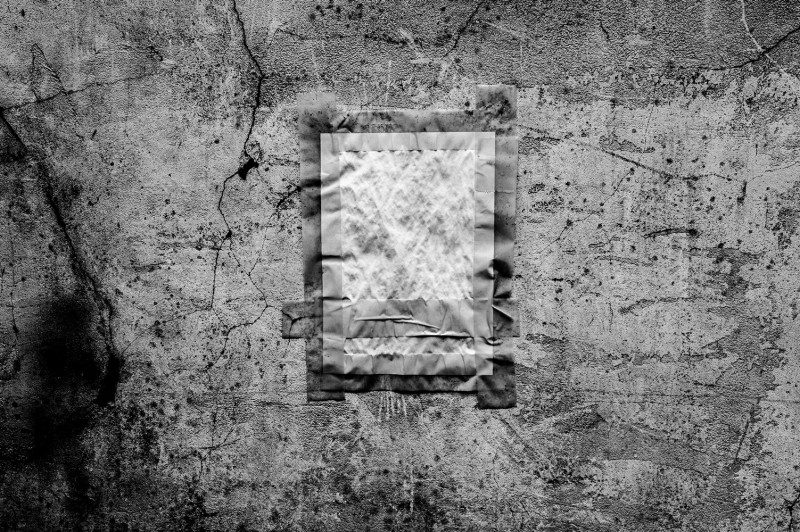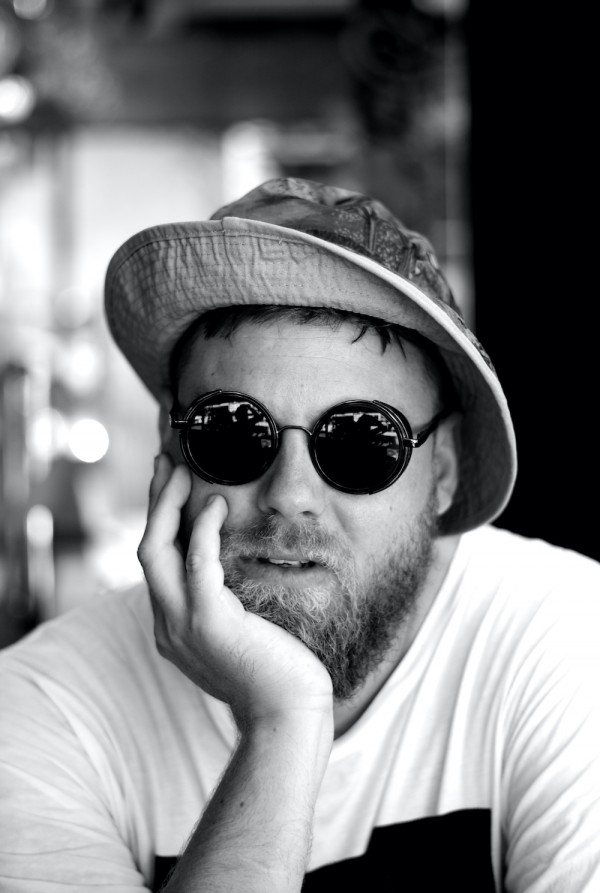Along the Cheonggyecheon
Along the Cheonggyecheon
Cameron McLaren
December 11, 2016

And although there has been criticism from environmentalists that the project is not a genuine re-naturalisation but merely a symbolic urban development, the wildlife of birds, insects and fish certainly seem to enjoy it. Even the flow of traffic has improved following the removal of the highway – a phenomenon known as Braess’s paradox. Put forward by the German mathematician Dieter Braess, it proposes that when there is a greater number of existing roads, the limited rationality of each individual driver can in fact lead to longer collective travel times than if there are fewer roads available.
In any case, since 2005 the mega-city of Seoul contains a stretch of public space which is a designated recreational area, and serves as a flagship example of sustainable urban renewal. Yet as you follow the direction of the river, the contradictions of urban life also become apparent. Photographer Cam McLaren walked the length of the Cheonggyecheon, capturing striking impressions along the way.
“In the mornings, I took the Underground to where the stream begins, in the central business district of Seoul. From there I set out, frequently encountering murals and art installations that reference the districts located along its course. I regularly veered off the direct path and immersed myself in the different communities of the surrounding areas. It’s amazing how the city changes as you make your way downstream. Like in every city, wealth and poverty are very close together, though in Seoul I experienced a particularly strong divide. I spent time with successful businessmen, and with people who live off selling junk they find lying around. I walked past sleek concrete jungles, but also encountered traditional, almost rural ways of life.
Having walked downstream for several hours, I discovered a Seoul that is very different from its international image as the world’s most connected city. You can feel very lonely on the Cheonggyecheon. But one day, I suddenly heard music coming from beneath a bridge. This was my next destination. When I got there, I saw a fairly large group of elderly locals having a serious party, drinking makgeolli and soju. They wore the most amazing clothes—bright, pristine and all very unique. They welcomed me, and I ended up dancing and drinking with them. Nobody spoke English, but they saw my Leica Monochrom and knew why I was there. This was one of the most amazing and unique experiences of my life – and it’s something that would never have happened if I hadn’t followed the Cheonggyecheon.”
Cam McLaren intends to walk the Cheonggyecheon once more in the coming year, with plans to collate his impressions into a photo book.
Cameron McLaren+-
Born in Toronto, Canada in 1984, Cameron McLaren found a passion for documentary photography at a young age. He learnt the craft from his father in their darkroom. With a strong interest in human circumstances, McLaren’s work often focuses on sharing stories of people and communities which are little known – always with a strong aim to bring the unseen, unique or unusual to the viewer. His work is based around personal connections and unconventional moments. More

